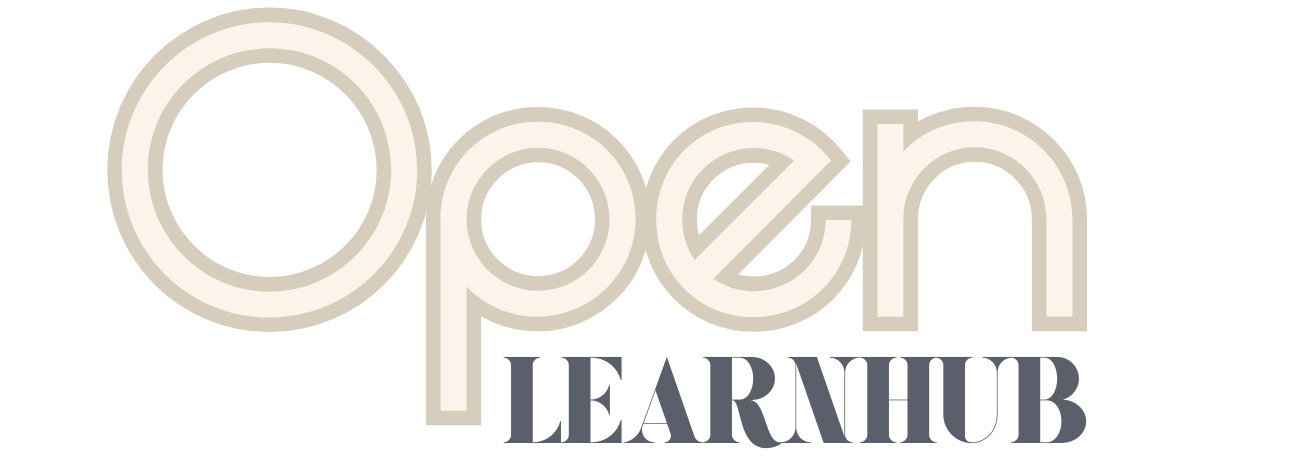Outline:
- The Space Between Knowing and Not Knowing
- Letting Go of the Map
- Moments When We Are Quiet Enough to See
- Clarity That Doesn’t Rush
- The Return as Someone New
- FAQs
There are moments when the ground seems to disappear beneath us. Plans unravel, routines break, and the familiar becomes unfamiliar. We look around and realize—we don’t know where we are anymore, not just physically, but inwardly. This is the kind of disorientation most people try to avoid. It’s uncomfortable. It feels like failure. The mind immediately searches for a way back to the known, to a plan, to a label that says: this is who I am, this is what I’m doing. But what if this sense of being lost isn’t a detour, but part of the path itself?
The Space Between Knowing and Not Knowing
There’s a strange and quiet intelligence in the space between knowing and not knowing. It’s a liminal space—neither here nor there. The in-between of what was and what might be. In that place, we often feel the urge to fill the silence with something. Anything. A new project, a new identity, a next step just for the sake of motion. But something deeper happens when we allow ourselves to stay in the not-knowing. When we sit with the questions rather than rushing toward answers.
Many transformative experiences begin not with clarity, but with confusion. A person loses their job and, in the aftermath, discovers a desire they had buried for years. Someone walks away from a relationship, terrified of the silence, only to find their own voice waiting beneath the noise. A period of burnout forces a retreat—and reveals that the life they were living never truly belonged to them. Clarity doesn’t always arrive with trumpets. Sometimes, it comes softly, after the chaos. But we only notice it when we stop trying to escape the lostness.
Letting Go of the Map
We live in a culture that loves certainty. We carry maps—literal and metaphorical—for everything: careers, relationships, purpose. We expect linear progress, measurable growth, visible outcomes. And yet, some of the most meaningful shifts in our lives begin when the map is torn in half and the road disappears. It’s in those moments that a deeper kind of navigation awakens. The one that doesn’t rely on markers or directions but on something felt.
Letting go of the map doesn’t mean giving up. It means trusting that not every part of the journey needs to be planned. It means recognizing that some destinations only appear when we’ve let ourselves wander. This is the wisdom of the forest path, the desert retreat, the artist’s block, the quiet year. It’s the space where the soul gets a chance to speak—not because we forced it, but because we finally made room for it.
Moments When We Are Quiet Enough to See
When we stop searching frantically for clarity, we begin to notice what was already there. A conversation that lingers. A book that moves us in a way we didn’t expect. A moment of stillness where the weight lifts, even if only slightly.
Sometimes clarity isn’t a full answer—it’s a shift in attention. The realization that we don’t need to go back to who we were before. The understanding that uncertainty is not a problem to fix, but a teacher to learn from. In these quiet moments, the fog doesn’t always lift completely. But it thins, just enough to see one step ahead. And that’s often all we need.
Clarity That Doesn’t Rush
True clarity doesn’t rush in to rescue us. It waits for us to slow down. It waits until we’ve stopped performing and started listening. Not listening to everyone else’s opinions, but to the hum beneath our own surface. The body knows things the mind doesn’t. Fatigue, restlessness, hunger for something more—these are signals, not inconveniences.
In a world of productivity and perfection, it takes courage to say: I don’t know right now. To admit: I am in the middle of becoming. But that honesty is the doorway to real change. It opens a new kind of space—one where we stop reacting and start responding. Where we choose from awareness, not fear. Where the direction comes from within, not from external pressure.
The Return as Someone New
Eventually, we emerge. Maybe not with all the answers, but with new eyes. The world hasn’t changed, but we have. We are less defined by roles, more grounded in values. Less certain, perhaps—but more real. The path forward may still be unclear, but we know ourselves differently now. We move not to escape, but to express. We build not to prove, but to create something that aligns with who we’ve become.And so, being lost was never the end. It was a beginning in disguise. A sacred unraveling that made space for something more honest to grow. The truth is: we are all lost sometimes. But in that space, if we dare to stay a while, we often find the most unexpected clarity—the kind that doesn’t just help us choose a direction, but reminds us why we walk at all.
FAQs
Is it normal to feel lost during major life changes?
Yes, feeling lost is a natural—and often necessary—part of personal growth. It signals that something old is falling away, making space for something more authentic to emerge. Rather than a sign of failure, this disorientation can be the beginning of deeper clarity.
How can I find clarity when I don’t know what comes next?
Clarity often doesn’t come from forcing answers, but from creating space to listen—through rest, reflection, and being present with uncertainty. By letting go of the need to control the outcome, you allow insights to surface in their own time, one quiet step at a time.
Why is it important to sit with not knowing instead of rushing forward?
Because the impulse to rush can lead us back into patterns that don’t serve us. Sitting with not knowing helps us reconnect with our values, intuition, and deeper desires. It invites a different kind of wisdom—the kind that doesn’t come from planning, but from paying attention.








